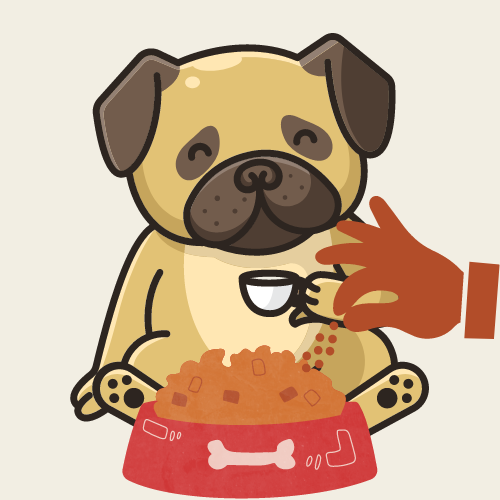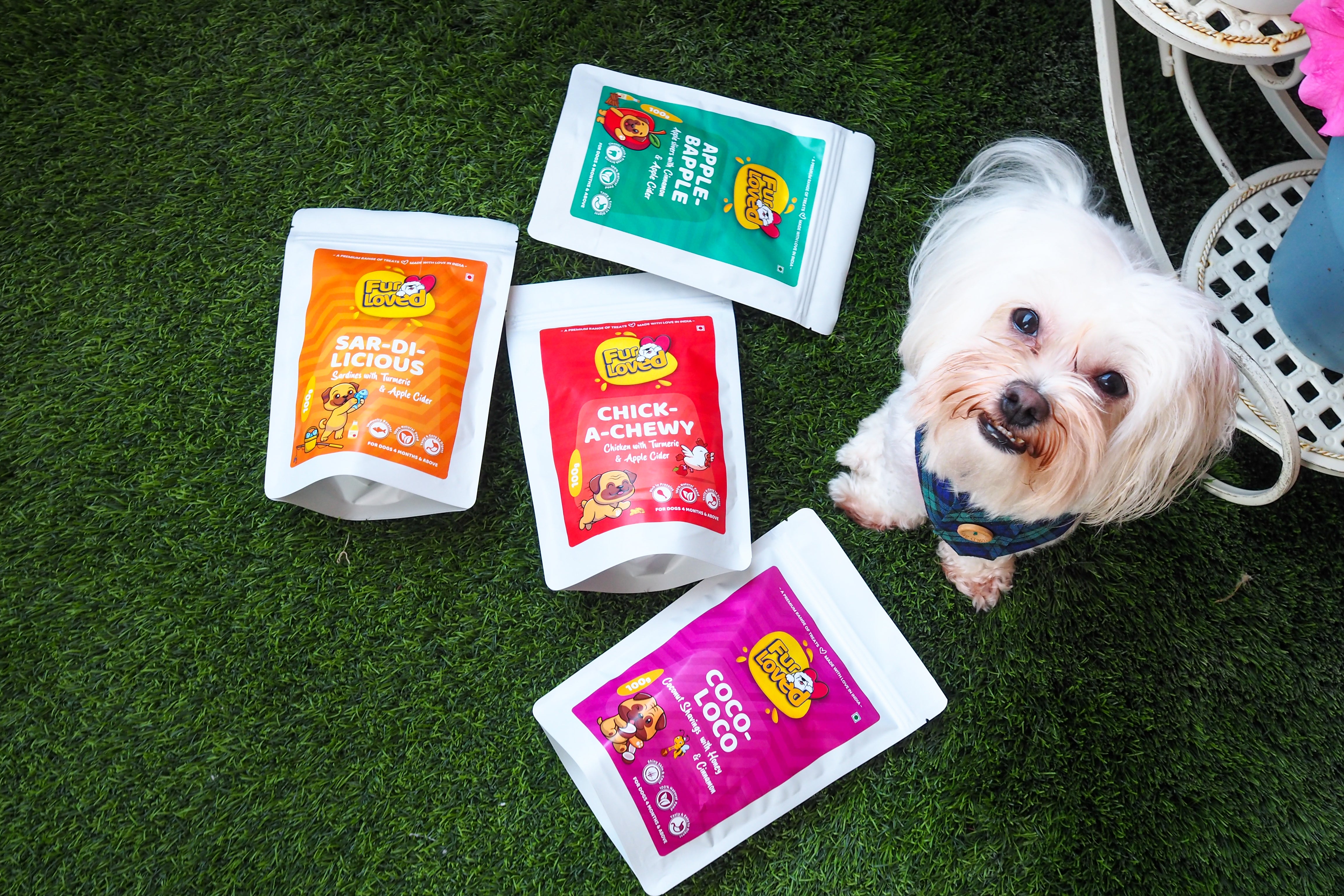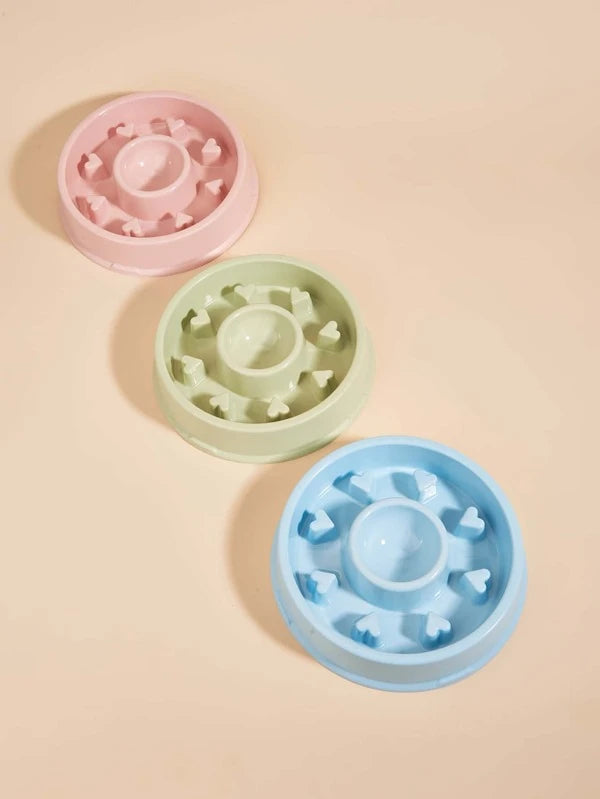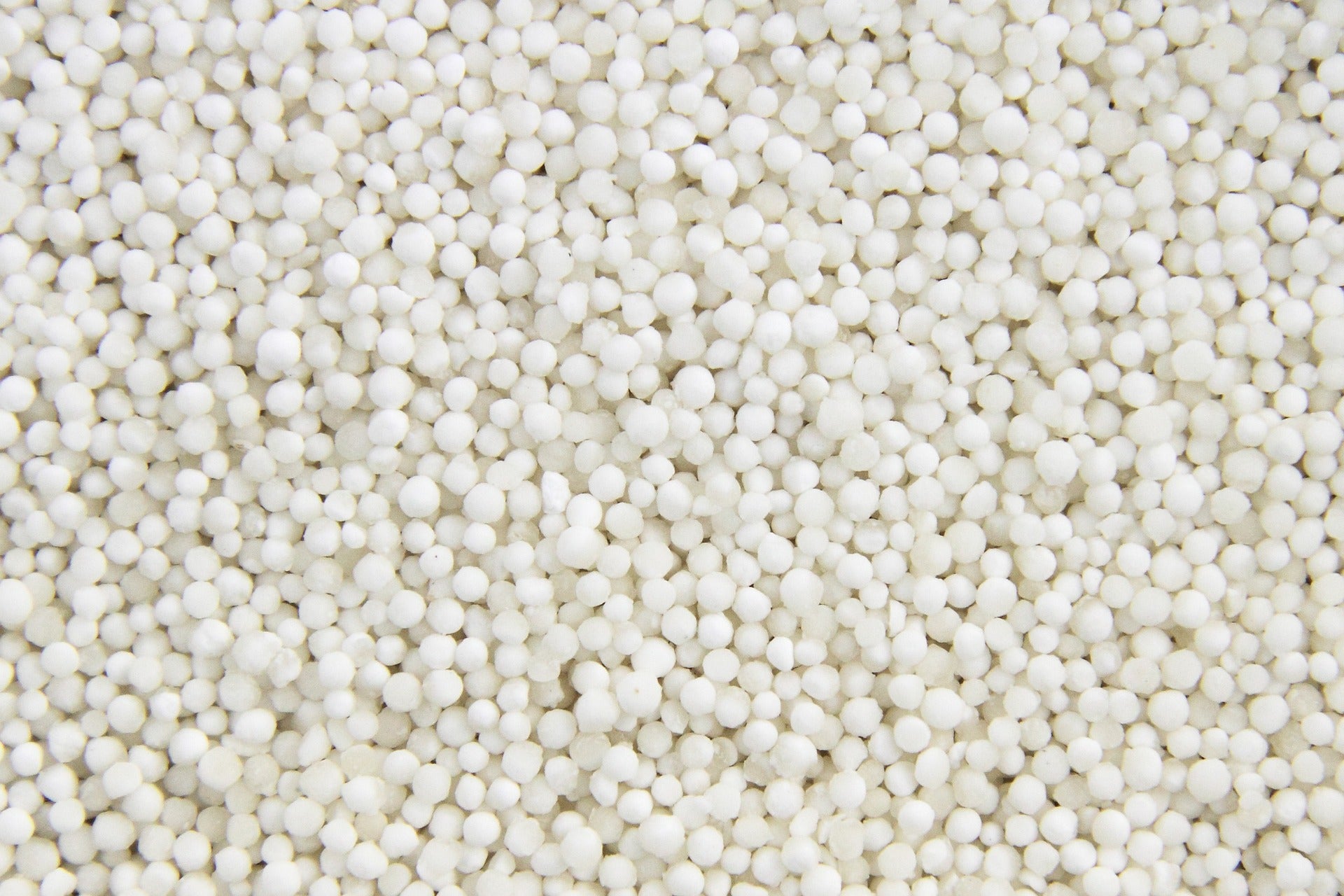Can Dogs Eat Sabudana? A Complete Guide for Dog Owners
Sabudana, also known as tapioca pearls, is a staple in many Indian households, especially during fasting periods. But is it safe for your dog? In this blog, we’ll explore whether dogs can eat sabudana, its nutritional benefits and risks, and what you should consider before feeding it to your furry friend.
What is Sabudana?
Sabudana, derived from the starch of the cassava root, is commonly used in various Indian dishes. It's known for its chewy texture and is often cooked into a pudding or used in savory dishes like khichdi. While it’s a popular ingredient for humans, particularly during fasting times, the question arises: is it suitable for your dog?
Tapioca in its raw form contains compounds that can be toxic, but the processed form used to make sabudana is considered safe for human consumption. However, the question of whether this safety extends to dogs requires a closer look.
Nutritional Value of Sabudana
Sabudana is primarily made up of carbohydrates, making it an excellent source of quick energy. However, its nutritional profile is limited:
- Carbohydrates: Sabudana is a rich source of carbohydrates, which can provide a quick energy boost for your dog. However, because it’s so high in carbs, it can lead to weight gain if not given in moderation.
- Calories: Sabudana is calorie-dense, which can be a double-edged sword. While it provides energy, overconsumption could contribute to obesity.
- Lack of Essential Nutrients: Sabudana is low in protein, vitamins, and minerals. It doesn’t offer the necessary nutrients that a dog’s diet requires, making it less ideal as a regular food source.
Can Dogs Eat Sabudana?
Yes, but in moderation. Sabudana itself is not toxic to dogs, and it can be offered as an occasional treat. However, there are several factors you need to consider:
- Safe in Small Quantities: Because it’s high in carbohydrates and calories but low in essential nutrients, sabudana should only be given in small amounts. It can be a fun and different treat, but it should never replace your dog’s balanced diet.
- Potential Risks: Overfeeding sabudana can lead to obesity, especially in less active dogs. It’s also low in fiber, which could cause digestive issues such as constipation or diarrhea in some dogs.
Digestive Concerns: Some dogs might find it difficult to digest sabudana, leading to gastrointestinal discomfort. If you’re introducing it for the first time, start with a small portion and observe your dog for any signs of digestive upset.
How to Safely Serve Sabudana to Dogs
If you decide to treat your dog to sabudana, it’s essential to serve it safely:
- Preparation Tips: Always cook sabudana thoroughly before offering it to your dog. Raw or undercooked tapioca can be harmful. Make sure to serve it plain, without any spices, salt, or oil, as these additives can be harmful to dogs.
- Portion Control: Start with a small portion to see how your dog reacts. Monitor your dog closely for any adverse reactions, such as vomiting, diarrhea, or changes in appetite. If your dog enjoys it and has no negative reactions, you can occasionally offer small amounts.
- Alternative Treats: While sabudana can be a fun treat, there are many healthier options available. Fruits like apples (without seeds) and vegetables like carrots make excellent treats that are rich in vitamins and minerals.
Tapioca and Dogs: A Broader Perspective
Tapioca, from which sabudana is derived, is increasingly found in commercial dog foods. Here’s why it’s used and what you should know:
- Tapioca in Dog Food: Tapioca is often used in dog food as a carbohydrate source, particularly in grain-free diets. It helps to bind ingredients and provides a source of energy.
- Benefits of Tapioca: For active dogs, tapioca can provide a quick energy boost. It's also a gluten-free and grain-free option, making it suitable for dogs with certain allergies.
- Concerns: However, an over-reliance on tapioca-based foods can lead to an unbalanced diet. Dogs require a diet rich in protein, fats, and a variety of nutrients. While tapioca can be part of a balanced diet, it shouldn’t be the primary ingredient.











